We've found 325 matches for your search. Order by
Results
-
£19.95
GOPAK (Russian Dance) (Brass Band Set) - Mussorgsky
Estimated dispatch 7-14 working days
-
£24.95
BARN DANCE AND COWBOY HYMN (Brass Band Set) - Philip Sparke
Estimated dispatch 7-14 working days
-
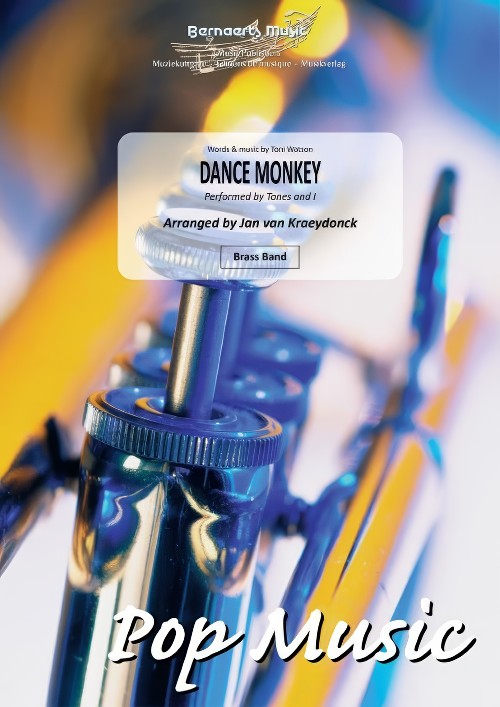 £53.99
£53.99Dance Monkey (Brass Band - Score and Parts) - Watson, Toni - Kraeydonck, Jan van
Performed by Tones and I. Duration: 03:20
Estimated dispatch 7-14 working days
-
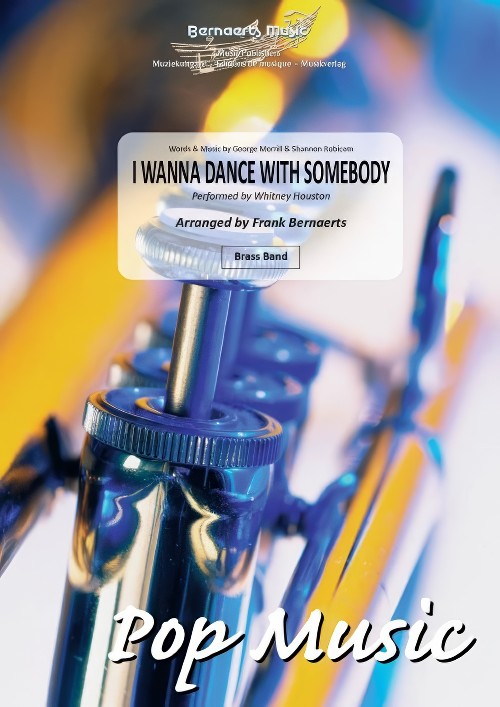 £53.99
£53.99I Wanna Dance with Somebody (Brass Band - Score and Parts) - Merrill & Rubicam - Bernaerts, Frank
Performed by Whitney Houston. Duration: 03:20
Estimated dispatch 7-14 working days
-
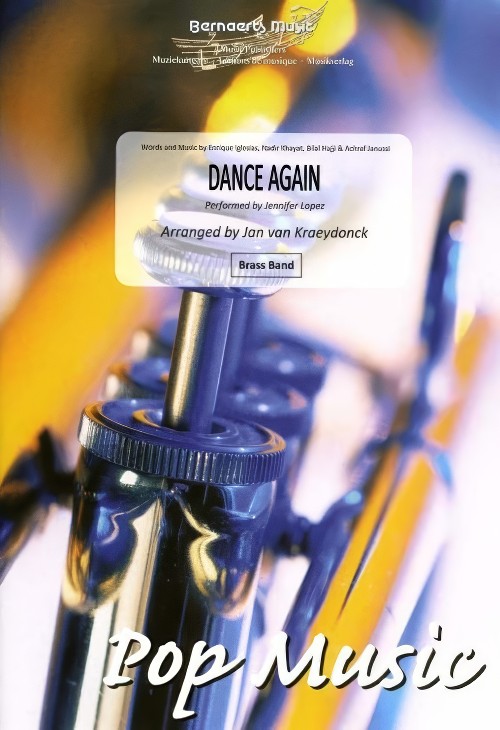 £53.99
£53.99Dance Again (Brass Band - Score and Parts) - Kraeydonck, Jan van
Performed by Jenifer Lopez. Duration: 03:30
Estimated dispatch 7-14 working days
-
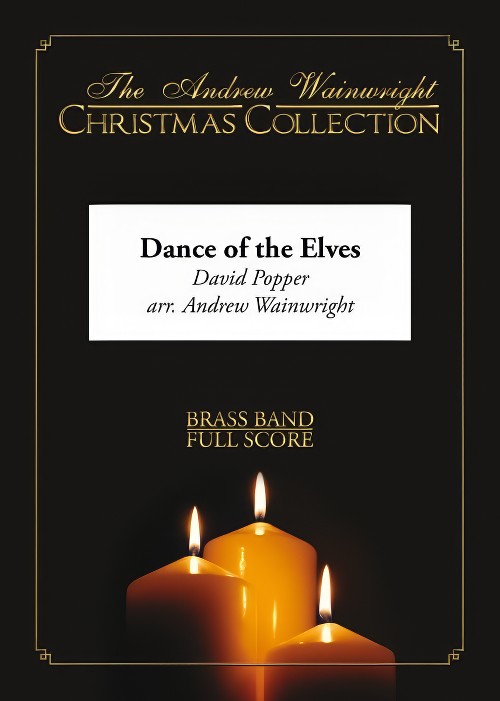 £34.95
£34.95Dance of the Elves (Brass Band - Score and Parts) - Popper, David - Wainwright, Andrew
An arrangement of David Popper's sparkling work, which was originally scored for cello and piano. Featuring the cornet section, this brisk number will show off your band's technique to the full.
Estimated dispatch 7-14 working days
-
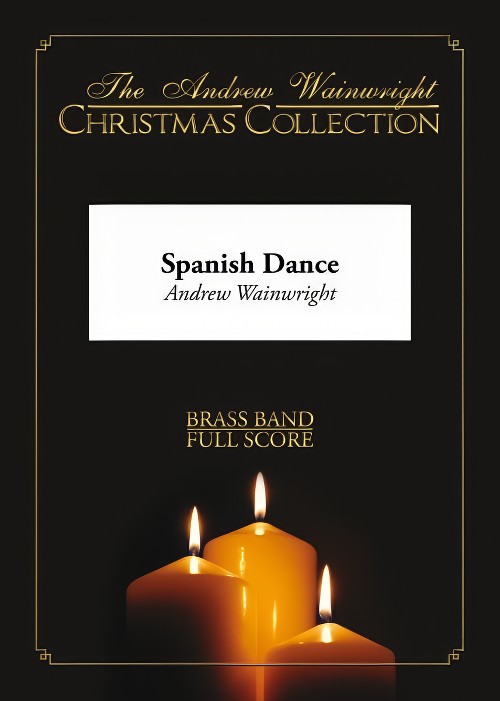 £34.95
£34.95Spanish Dance (Brass Band - Score and Parts) - Wainwright, Andrew
Based on the traditional Spanish carol, Riu Riu Chiu.
Estimated dispatch 7-14 working days
-
 £60.99
£60.99Brazilian Bay Dance (Brass Band - Score and Parts) - Evers, Harm
This piece, by the Dutch composer Harm Evers, takes you and your musicians to the hot atmosphere of a Brazilian beach party. Everyone celebrates until late at night and dances to the cheerful sounds of Latin American music.Duration: 4:00
Estimated dispatch 7-14 working days
-
 £60.99
£60.99Country Dance (Brass Band - Score and Parts) - Ares, Rob
Duration: 3.45
Estimated dispatch 7-14 working days
-
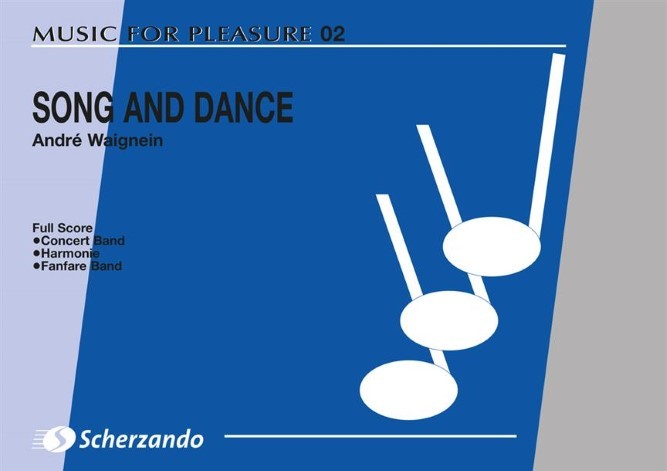 £69.99
£69.99Song and Dance (Brass Band - Score and Parts) - Waignein, Andre
Duration: 7.30
Estimated dispatch 7-14 working days
